An oxygen concentrator is a medical grade device which is used to deliver oxygen to patients with breathing related disorders. Patients with lower than normal oxygen concentration within their blood may require the use of such an oxygen concentrator to compensate for that oxygen. Typically, oxygen concentrators cannot be purchased over the counter. The doctor […]
An oxygen concentrator is a medical grade device which is used to deliver oxygen to patients with breathing related disorders. Patients with lower than normal oxygen concentration within their blood may require the use of such an oxygen concentrator to compensate for that oxygen. Typically, oxygen concentrators cannot be purchased over the counter. The doctor prescribes such a device after a thorough medical investigation. Physicians also generally instruct patients on how to correctly use these concentrators within their home.
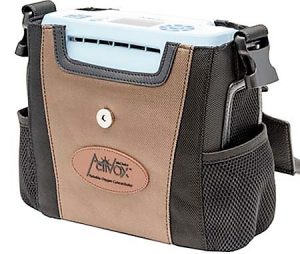
Oxygen concentrators will filter the surrounding air, compress it to required density and then they deliver purified, medical grade oxygen in a continuous stream or a pulse-dose delivery system to the patient. The oxygen concentrator is also equipped with special sieve beds and filters, and these will help to remove the Nitrogen from the air, in order to deliver fully purified oxygen to the patient. The concentrators also have an electronic user interface that can be used to adjust the oxygen concentration levels and the delivery settings. Then, patients inhale the oxygen through a special mask or a nasal cannula.
Modern technologies. Fully compliant oxygen therapy
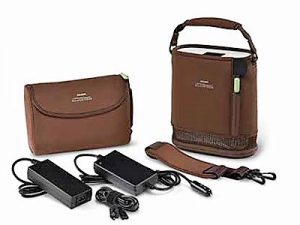
Thanks to great advancements in the field of medicine, today’s oxygen concentrators are small, compact, lightweight and quiet, yet providing high performance and perfect compliance. Older oxygen concentrators are heavy and bulky, making it extremely difficult for a patient to get required oxygen therapy while outside of their home or while traveling. However, these modern POCs (Portable Oxygen Concentrators) can be easily transported wherever you go.
One of the most important aspects of having to use an oxygen concentrator is that patients can maintain their freedom of movement and independence. Patients are not housebound anymore by heavy, bulky and non-transportable oxygen devices. They can now take their required oxygen therapy device even on a plane trip, or camping. Modern oxygen concentrators work both from a power source and on battery. At the lowest or medium oxygen flow setting, a stylish and compact transportable POC can deliver oxygen even up to 12 hours or more on a single battery charge.
Main benefits of portable oxygen concentrators
Patients with moderate to severe lung diseases may have to live with an oxygen concentrator on a day to day basis. Luckily, today’s oxygen concentrators are highly performant. Moreover, patients can enjoy greater mobility and freedom thanks to the small, stylish, non-medical design oxygen concentrators. Several studies in the medical field suggest that patients who receive supplemental oxygen therapy for 12+ hours daily will increase their survival rate. Today’s portable oxygen concentrators are designed so as to provide supplemental oxygen anytime, anywhere even 24 hours a day.
Next, when the body does not receive enough oxygen, each organ within the human body will have to suffer, especially the brain. By receiving enough oxygen, all the cells and organs in your body will function better and you will look and feel better. Some other benefits include:
- Improved physical exercise tolerance
- Better quality of sleep and life in general
- Better mental alertness
- Improved general mood- performance, self-esteem, and cognition
- Travel wherever you want, whenever you want to take your much-needed oxygen with you. No more boundaries.
Oxygen Tanks vs. Oxygen Concentrators
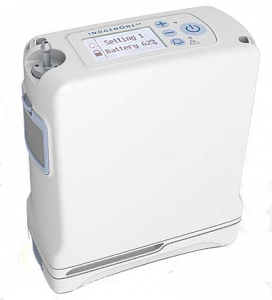
There are some huge differences between a regular oxygen tank and a modern portable oxygen concentrator (POC). As a patient, you might be acquainted with both types of oxygen delivery systems. However, the oxygen delivery methods, the main specifics and the devices themselves differ greatly. The first major difference is the method which is used to provide supplemental oxygen. An oxygen tank will have a limited amount of oxygen that can be used. The patient will be able to receive compliant oxygen therapy only up until the oxygen tank becomes empty.
However, a modern portable oxygen concentrator is capable of supplying an infinite amount of medical grade oxygen, since the device filters the oxygen available in the surroundings. Basically, the POC will deliver oxygen up until the battery becomes uncharged, and then with a simple move of changing the battery patients can further enjoy required therapy.
The basic operation principle of a portable oxygen concentrator can be likened to that of an air conditioning unit. The device takes air in from the surroundings, modifies that air to meet all the medical requirements and standards and then delivers the air to the patient via a nasal cannula or a mask. However, the air will not be cooled as in the case of an A/C unit, but the POC takes in the air, then compresses it, purifies it and finally delivers it to the patient. In order to improve the breathing pattern of the patient, these POCs will be set to a given flow setting by your physician, depending on your health needs.
Oxygen tanks, on the other hand, are heavy, bulky and capable of delivering only the compressed oxygen that can be found within the tank. When the tank runs empty, the patient needs to refill or replace that tank. Yet another huge difference is represented by the oxygen delivery method. An oxygen tank is capable of delivering only a continuous flow of oxygen, regardless of the patient’s individual needs and requirements. A POC however, can deliver on a continuous mode or on a pulse-dose setting, whichever is needed.
Advantages of portable oxygen concentrators over traditional oxygen tanks
- POCs deliver more reliable and consistent oxygen therapy- an oxygen tank will not work anymore after the tank empties. It can be used again only after the tank is replaced/refilled. A POC is a much more reliable source of oxygen, because patients only need to ensure the battery of the device is charged. It is much easier to switch a battery than to replace/refill an oxygen tank
- POCs are safer- oxygen tanks can leak, and they also have an increased risk of fire. POCs only work to “’transform” the air from the surroundings into medical grade, pure oxygen. No risk of leaks. No fire hazard.
- Convenient size- some of today’ ultra-modern portable oxygen concentrators fit in the palm of your hand. Oxygen tanks are heavy, bulky, and they are not esthetic.

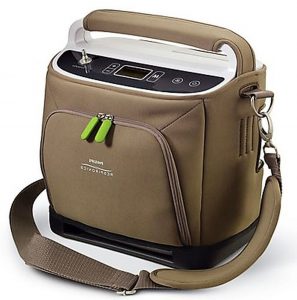
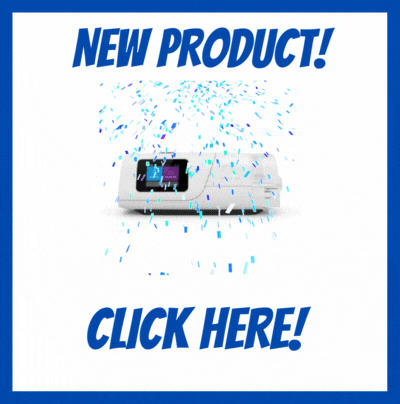

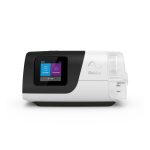
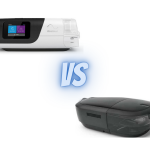
Gregory Gordon
November 7, 2020 5:06 amAvailability, Total cost freighted to Thailand, Delivery time,
Charles Goldberg
November 13, 2020 6:49 pmWe do not ship oxygen equipment outside the US.